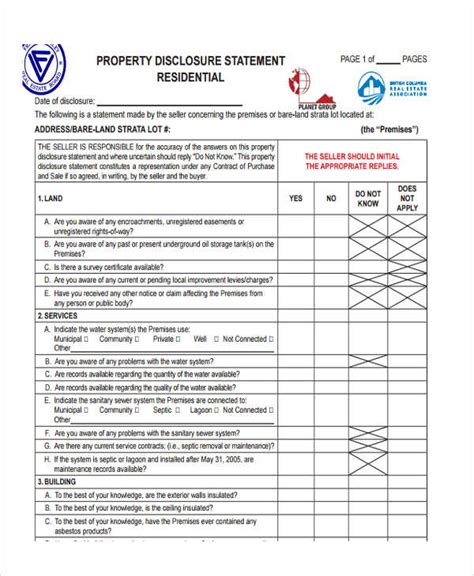The real estate industry is a complex and multifaceted field that involves numerous professionals working together to facilitate property transactions. At the heart of this industry are realtors, who play a crucial role in connecting buyers and sellers, and facilitating the exchange of properties. One of the most significant aspects of a realtor’s work is the commission they earn on each transaction. In this article, we will delve into the world of realtor commissions, exploring how they work, the typical structures, and the factors that influence them.
To begin with, it’s essential to understand that realtor commissions are a percentage of the sale price of a property. This percentage is typically agreed upon by the seller and the realtor before the property is listed for sale. The commission is usually split between the listing agent and the buyer’s agent, with the exact split varying depending on the local market and the agreements between the parties involved.
There are several ways that realtor commissions can be structured, each with its own advantages and disadvantages. One common approach is the traditional commission model, where the seller pays a fixed percentage of the sale price to the realtor. This model is often seen as the most straightforward and easy to understand, as the seller knows exactly how much they will be paying in commissions.
Another approach is the tiered commission model, where the realtor’s commission rate decreases as the sale price of the property increases. For example, a realtor might charge 5% on the first 100,000 of the sale price, 4% on the next 100,000, and 3% on any amount above $200,000. This model can be beneficial for sellers of high-end properties, as it can result in lower overall commission fees.
In recent years, there has been a growing trend towards flat-fee commission models, where the realtor charges a fixed fee for their services, regardless of the sale price of the property. This approach can be attractive to sellers who want to know exactly how much they will be paying in commissions, and can also help to reduce the overall cost of the transaction.
One of the most significant factors that influence realtor commissions is the local market. In areas with high demand and limited inventory, realtors may be able to command higher commission rates due to the competitive nature of the market. On the other hand, in areas with low demand and high inventory, realtors may need to be more competitive with their pricing in order to attract clients.
Another factor that can impact realtor commissions is the level of service provided by the realtor. Full-service realtors who provide a wide range of services, including marketing, staging, and negotiations, may be able to command higher commission rates than limited-service realtors who only provide basic services.
The rise of online real estate platforms and discount brokerages has also had a significant impact on the traditional realtor commission model. These platforms often offer lower commission rates and more flexible pricing structures, which can be attractive to sellers who are looking to save money on their transactions.
Despite these changes, the traditional realtor commission model remains the most common approach in the industry. This is due in part to the fact that many sellers are willing to pay a premium for the expertise and guidance that a professional realtor can provide.
In addition to the commission structure, there are several other factors that can influence the overall cost of a real estate transaction. These include the fees paid to other professionals, such as lawyers and inspectors, as well as the costs associated with preparing the property for sale, such as staging and repairs.
To illustrate the complexities of realtor commissions, let’s consider a scenario where a seller is looking to sell their property for 500,000. Under a traditional commission model, the seller might agree to pay a 5% commission to the realtor, which would work out to 25,000. However, if the realtor is using a tiered commission model, the seller might pay 5% on the first 200,000, 4% on the next 200,000, and 3% on the final 100,000, resulting in a total commission of 22,000.
In conclusion, realtor commissions are a complex and multifaceted aspect of the real estate industry. While the traditional commission model remains the most common approach, there are a variety of other structures and factors that can influence the overall cost of a transaction. By understanding these factors and structures, sellers and buyers can make more informed decisions about their real estate transactions, and can work with their realtors to find the best possible approach for their needs.
One of the key takeaways for sellers is that they should carefully consider their options when it comes to realtor commissions. While the traditional model may be the most straightforward, it may not always be the most cost-effective. By exploring alternative structures and negotiating with their realtor, sellers can potentially save thousands of dollars on their transactions.
What is the typical commission rate for realtors?
+The typical commission rate for realtors varies depending on the local market and the type of property being sold. However, a common range is between 4% and 6% of the sale price.
How do realtors get paid?
+Realtors typically get paid through a commission on the sale price of the property. This commission is usually split between the listing agent and the buyer's agent.
Can I negotiate the commission rate with my realtor?
+Yes, it's possible to negotiate the commission rate with your realtor. However, the extent to which you can negotiate will depend on the local market and the realtor's willingness to compromise.
In the end, the key to navigating the complex world of realtor commissions is to be informed and to carefully consider your options. By understanding the different structures and factors that influence commissions, you can make more informed decisions about your real estate transactions and work with your realtor to find the best possible approach for your needs.
The realtor commission is a critical aspect of the real estate transaction, and understanding the different structures and factors that influence it can help you make more informed decisions about your sale or purchase.
As the real estate industry continues to evolve, it’s likely that we’ll see further changes to the traditional realtor commission model. However, by staying informed and adapting to these changes, sellers and buyers can navigate the complex world of real estate transactions with confidence.
Steps to Consider When Evaluating Realtor Commissions

- Research the local market to understand the typical commission rates and structures.
- Consider alternative commission models, such as tiered or flat-fee structures.
- Negotiate with your realtor to find the best possible approach for your needs.
- Carefully review the terms of your listing agreement to ensure you understand the commission structure and any associated fees.
- Seek advice from a professional, such as a real estate attorney, if you're unsure about any aspect of the commission process.
Ultimately, the world of realtor commissions is complex and multifaceted, and navigating it requires a deep understanding of the different structures and factors that influence it. By staying informed and adapting to the changing landscape of the real estate industry, you can make more informed decisions about your transactions and achieve your goals with confidence.



